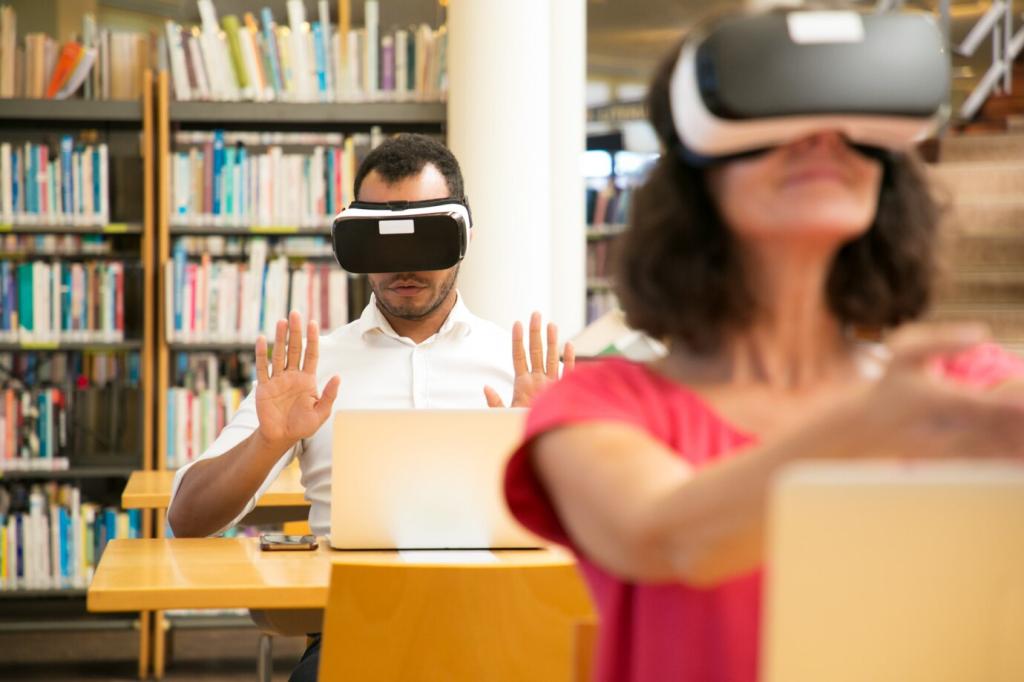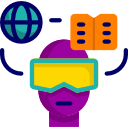Virtual Reality Tools Revolutionizing Education
The world of education is undergoing rapid transformation, driven by the incredible advances in virtual reality (VR) technology. Virtual reality offers an immersive, engaging, and interactive way for students and educators to experience and explore new concepts beyond the capabilities of traditional classrooms. By bringing lessons to life in fully realized digital environments, VR tools are making learning more accessible, effective, and memorable. This evolution promises to bridge gaps in educational resources, personalize instruction, and inspire students of all ages through interactive experiences.

Enhanced Student Engagement
One of the most notable benefits of VR tools in education is their unparalleled ability to capture and maintain student attention. Immersive VR experiences transform passive learning into active participation, as students are called to explore, interact, and solve problems in real time. Whether they are traveling through ancient civilizations or conducting virtual science experiments, the high level of engagement keeps learners motivated and curious. This active involvement promotes retention of complex information and encourages students to take initiative in their own educational journeys.
Realistic Simulations
VR excels in creating realistic simulations that allow students to practice new skills or understand complex procedures without real-world risks. Medical students, for example, can perform virtual surgeries or diagnose patients, while engineering students build and test prototypes in a simulated lab. These practical applications foster both confidence and competence by providing students with a safe space to experiment, make mistakes, and master techniques before applying them outside the virtual world.
Accessibility Beyond Boundaries
Geography and financial constraints have traditionally limited access to high-quality educational experiences, but VR is breaking down these barriers. Students can visit iconic museums, natural wonders, or outer space without leaving their classrooms or homes. This unprecedented accessibility ensures equitable educational opportunities for learners worldwide, regardless of their physical location or resources, empowering more people to benefit from cutting-edge educational experiences.
Previous
Next
Collaborative Virtual Classrooms
VR-powered classrooms create social learning spaces where students from diverse backgrounds can come together, interact, and work towards common goals. By collaborating in 3D environments, they develop teamwork, empathy, and communication skills that are essential in today’s global society. These interactions often transcend the limitations of video conferences or chat-based learning, giving students a genuine sense of presence and camaraderie that fosters community and belonging.
Personalized Educational Pathways
Tailored Learning Experiences
VR platforms offer flexible content delivery, allowing lessons to adapt seamlessly to each student’s needs and pace. Learners struggling with certain concepts can revisit foundational material in an interactive format, while advanced students can tackle more challenging scenarios. The adaptability of VR helps close achievement gaps and ensures all students are engaged at an appropriate skill level, promoting equity and academic success for diverse learners.
Real-Time Feedback and Assessment
Virtual reality tools can continuously monitor and assess student performance within immersive environments, providing immediate feedback on their progress. This timely evaluation allows students to understand where they excel and where they need additional support. Teachers can use these insights to adjust instruction, ensuring that learners progress confidently and without delay. The result is a data-driven approach to education that maximizes student growth and achievement.
Encouraging Self-Directed Learning
VR places powerful tools in the hands of students, encouraging them to take charge of their own educational pathways. With access to rich, interactive resources and autonomy in how they explore content, students become more invested in their learning process. This shift from passive reception to active discovery builds critical thinking and problem-solving skills, preparing learners for lifelong success both within academia and in the wider world.
